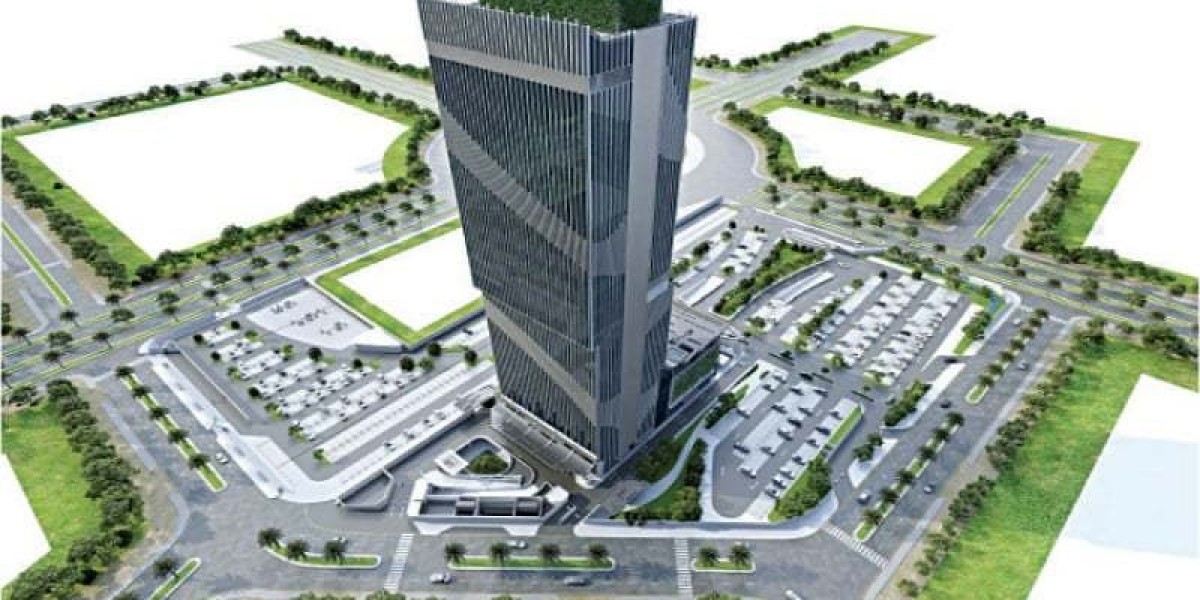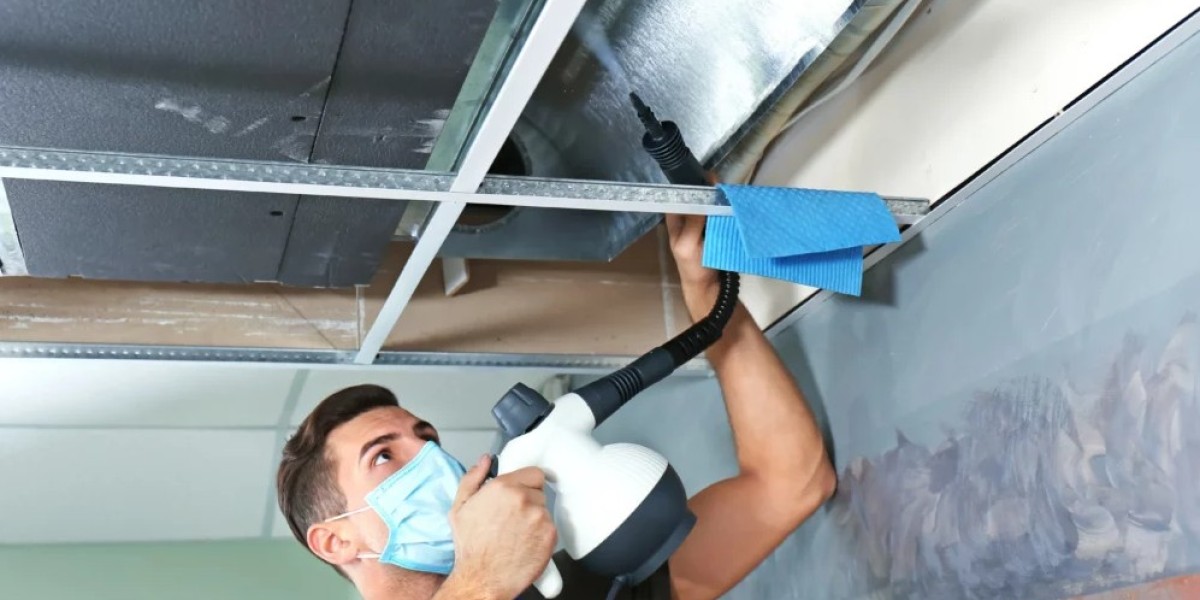The urban landscape is evolving at an unprecedented pace, with towering skyscrapers becoming an integral part of modern city skylines. These architectural marvels not only reshape the cityscape but also reflect the ambitious engineering endeavors of our time. The design and construction of high-rise commercial towers have come a long way, embracing innovations that not only push the boundaries of architectural aesthetics but also address crucial sustainability and functional aspects.
Reimagining Skyward Bound Structures
In the early 20th century, the advent of steel-frame construction revolutionized tall building design, allowing architects to reach unprecedented heights. However, in recent decades, engineering ambitions have gone beyond mere height, focusing on creating sustainable, efficient, and visually striking structures that stand as testaments to human ingenuity.
Sustainable Skyscrapers: A Green Revolution
One of the most notable trends in modern high-rise design is the emphasis on sustainability. Engineers and architects are joining forces to design eco-friendly skyscrapers that minimize their carbon footprint, optimize energy usage, and integrate green spaces within the urban fabric. Techniques such as incorporating solar panels, wind turbines, and advanced energy-efficient systems not only reduce the environmental impact but also showcase the integration of technology and nature.
Vertical gardens and green terraces are becoming commonplace in many high-rise designs. These living installations not only enhance the aesthetic appeal of the buildings but also contribute to air purification, insulation, and the overall well-being of the occupants. For instance, the Bosco Verticale in Milan, Italy, is a prime example of integrating nature into skyscraper design, featuring a staggering variety of trees and plants across its facades.
The Fusion of Form and Function
Contemporary high-rise buildings not only stand as engineering marvels but also integrate seamlessly into their urban surroundings. Architects and engineers are reimagining the relationship between form and function to create structures that cater to the needs of occupants while making a bold visual statement.
The incorporation of mixed-use spaces is a prime example of this fusion. Modern skyscrapers often combine commercial, residential, and recreational zones within the same building. This not only maximizes land usage but also reduces the need for extensive commuting, promoting a more sustainable urban lifestyle. The Shard in London is a quintessential illustration of a mixed-use skyscraper, hosting offices, a hotel, restaurants, and a public viewing gallery.
Structural Ingenuity and Safety
Innovations in high-rise design extend beyond aesthetics and sustainability. Advanced engineering techniques and materials are enhancing the safety and structural integrity of these towering structures. Engineers are utilizing cutting-edge modeling software and simulation tools to predict the behavior of buildings under various conditions, ensuring their resilience against natural disasters and unforeseen events.
Moreover, the incorporation of smart technologies enables real-time monitoring of structural health. These sensors can detect minute shifts in the building's framework and provide valuable insights to ensure timely maintenance, thereby enhancing safety.
Challenges and Future Prospects
As high-rise commercial tower designs become increasingly ambitious, engineers and architects face numerous challenges. Balancing aesthetic aspirations with structural stability, addressing the energy demands of colossal skyscrapers, and ensuring the comfort of occupants are just a few of the intricate challenges that need to be overcome.
Looking ahead, the future of high-rise design seems promising. With advancements in materials science, renewable energy, and artificial intelligence, engineers can push the boundaries of what's possible. Imagine buildings that harvest energy from the environment, adapt to changing weather conditions, and provide flexible spaces that cater to evolving needs.
Conclusion
The evolution of high-rise commercial tower design reflects the ever-expanding horizon of human creativity and innovation. From the grandeur of their architecture to the intricacies of sustainable practices, these skyscrapers stand as symbols of human achievement. As technology continues to advance and our understanding of engineering deepens, we can only anticipate more astonishing and sustainable high-rise designs that redefine the limits of possibility and reshape our cities for generations to come.








